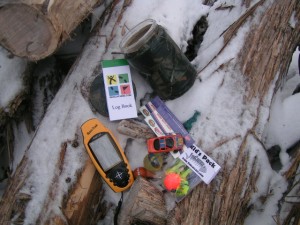
A typical geocache includes a log book and trade items. The pictured peanut butter jar is a very typical size cache container. Military ammo cans are also very popular.
By John Hackett:
Looking for new activities to enjoy on your next campout? If adventure and exploration is in your areas of interest you might want to give Geocaching (pronounced geo-cash-ing) a whirl.
Geocaching? What’s that? Basically Geocaching is a worldwide game of hiding and seeking treasure using GPS technology (Global Positioning System). Armed with a hand held GPS device and a sense of adventure outdoors enthusiasts are taking up this ever growing sport.
Geocaching can be enjoyed by young and old alike. Many households use Geocaching as a family activity. Some geocachers plan vacation routes in accordance to geocaches hidden along the way. Certain campgrounds that have several caches hidden at them are targeted as destinations also.
The entire hide and seek aspect of Geocaching revolves around one person hiding a cache. They then post the coordinates in latitude and longitude on the World Wide Web. These coordinates can then be entered into a hand held GPS unit and the search is on! The GPS will direct the geocacher to the exact location on earth of the cache. Depending on signal strength at the time most GPS’s will get the user to within ten feet or so anyway.
The premier web site for geocachers is www.geocaching.com. This is the site where geocachers can access cache coordinates and log visits to the caches. To date there are over 85,000 users on geocaching.com, and there are over 930,000 geocaches listed!
The caches themselves will vary in size and shape. Some are as small as a penny or large as a five gallon bucket. Some of the most common cache containers are military ammo cans and quart jars. But anything water proof can be used as a cache container.
The caches are generally hidden on public property. The caches can only be hidden with permission of the governing body of the property. Some caches will be on private property with permission from the land owner to both place the cache and for others to search for it. Once a cache is found cachers are to replace it exactly as they found it. This keeps the caches well hidden for future finders.
Geocaches are placed in wide variety of landscapes ranging from well maintained city parks to remote wilderness areas, and everything in between. Some caches can only be reached by boat, while others may be 100% handicap accessible.
The particular hiding place for a cache is only limited to the imagination of the one who places the cache. The most common hiding places are under rocks, in hollow logs or knot holes in trees. Caches placed in urban areas could be under playground equipment or in landscape beds in public parks. The use of magnets to attach caches to metal objects like bridges, street signs or buildings is a common practice with city hides.
Traditional geocaches will contain a log book where finders can sign their name. The smallest of caches called “micros” will contain only a log sheet. The larger caches typically will contain trade items along with the log book. These items could be small toys, key chains or other insignificant trinkets. The rules on trade type caches are simple, take something from the cache only if you replace it with something. This keeps the cache stocked with goodies for the next person. Many geocachers choose not to take a trade item and only sign the log. The real prize in Geocaching is in the finding of the cache!
As varied as hiding places for caches are, so are the types of caches. Besides the aforementioned traditional caches there are multi, mystery or puzzle and earth caches.
Multi caches have several legs to them. The listed coordinates give the geocacher the starting point. The starting point will have a container with coordinates to the second leg. The geocacher must then seek out the second leg, and so on until the final stage is found. The final leg will have the log book to sign and must be found to get credit for “finding” the cache.
Puzzle or mystery caches will require geocachers to solve a series of puzzles or riddles in order to determine the coordinates for the actual cache location. These type of caches are also only limited to the ingenuity of the hider.
Earth caches do not have a physical container or a log sheet. These types of caches will lead geocachers to particular places on Earth that has geological significance. The geocachers will generally have to perform some sort of task to document finding the cache. These tasks usually include uploading a photo of the area. Earth caches at historical monuments may require emailing the name of a particular person listed on a plaque at the site. One particular earth cache in Dakota County NE requires the geocacher to measure the flow rate of an artesian spring.
The use of trackable items such as geocoins and travel bugs are becoming more popular with geocachers. These items are stamped with a serial number that is registered on-line at geocaching.com. The holder of the travel bug will enter the serial number at geocaching.com and report which particular cache they left it in. If a subsequent geocacher wishes to take the travel bug, they are to enter the serial number and post which cache they moved it to. This way the owner of the travel bug can look on-line and see where their item is as it moves from cache to cache.
The owner of the travel bug may give specific instructions as to the desired movement of the object. For example an owner may want limit movement within the state of Iowa. Or they may want the item to travel to Arizona and back. When a travel bug holder enters the serial number on-line they will see if the item has specific instructions. Some travel bugs have travelled over 5,000 miles and visited hundreds of caches.
The creation of geocaching is credited to Dave Ulmer of Oregon. Ulmer placed the first cache in May of 2000 in the woods near Beaver Creek Oregon. He used a black five gallon bucket for the cache container and listed the coordinates in an internet GPS users group. Within three days two other GPS users had found the cache and posted details of their visit on the site. Geocaching.com was launched in the fall of 2000. The phenomenon spread rapidly. Today there are geocaches in all parts of the United States and in almost every free nation in the world.
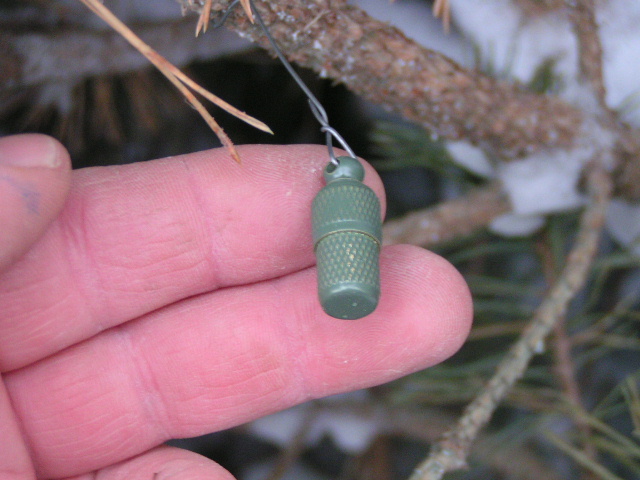
“Micro” geocaches run is size similar to this small “bison tube”. Some micros are a little bigger, and many are actually smaller in stature.

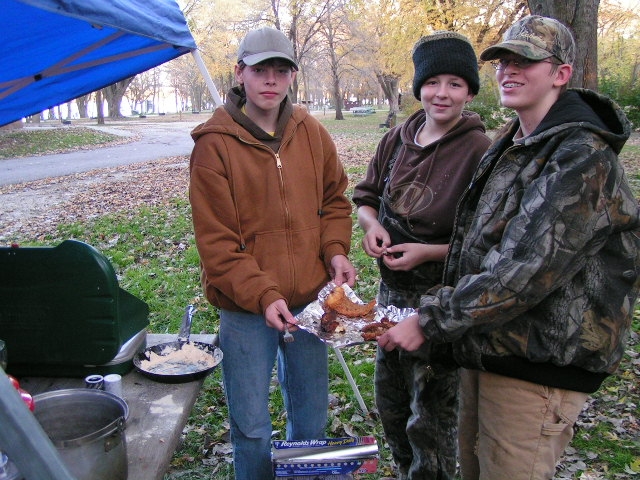
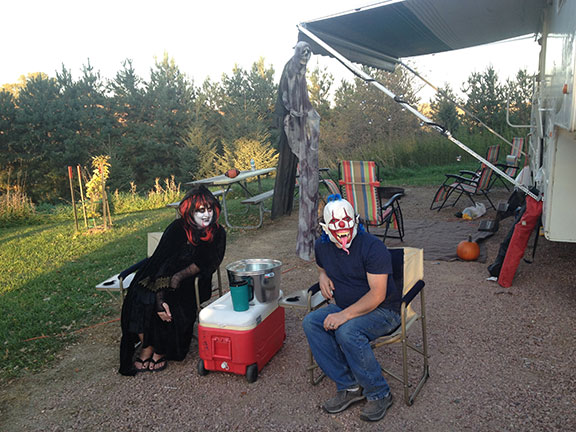












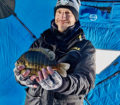
My kids…and my husband absolutely love to do this!! I haven’t had much of a chance to get involved since they started doing it with a baby but now that she is getting bigger I look forward to enjoying this with them. Our son I am sure thinks he is a “pirate” treasuring hunting and our 14 year old daughter enjoys doing it too, which is one of the very few things she enjoys about camping now that she is “one of the cool kids” :).